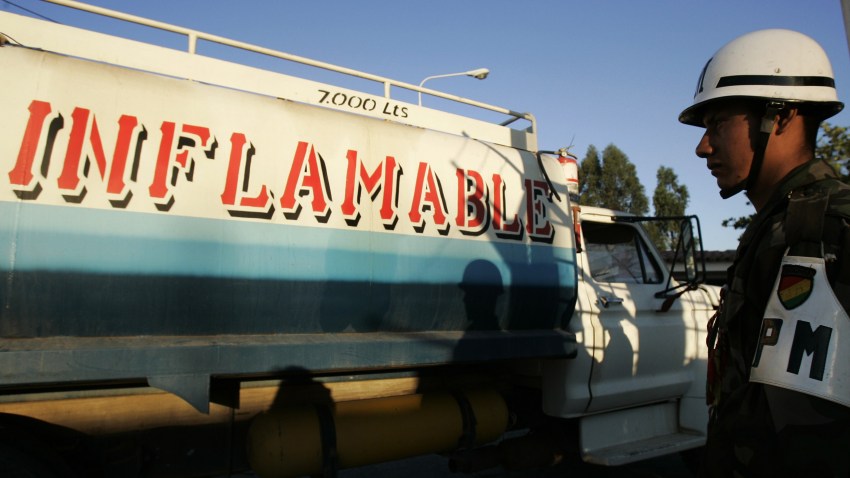LA PAZ, Bolivia—In the past 15 years, the Bolivian economy tripled in size and poverty was cut in half, achievements built in large part on state spending fueled by the income from natural gas exports. But since 2013 those exports have dwindled, leaving a hole in Bolivia’s public finances that challenges the sustainability of its economic model.
On May 1, 2006, then-President Evo Morales marched troops into Bolivia’s gas fields, declaring, “The plunder has ended.” He had recently led the Movement Toward Socialism, or MAS, to power, campaigning on a platform to wrest control of the country’s resources from foreign interests and to spread the wealth they generated among the people. Though framed as the nationalization of the country’s resources, Morales’ approach amounted to renegotiating existing contracts with foreign companies. He then used the tax windfall from the ongoing commodities supercycle to fund social programs and build up financial reserves.
But Bolivia’s gas exports peaked in 2013, at more than $6 billion for the year, at a time when the country’s GDP was $31 billion. Three years later, after the end of the commodities boom of the preceding decade, exports had slumped to around $2 billion. They have recovered a little since, but without ever clearing $3 billion. In 2021, they came in at $2.2 billion.

